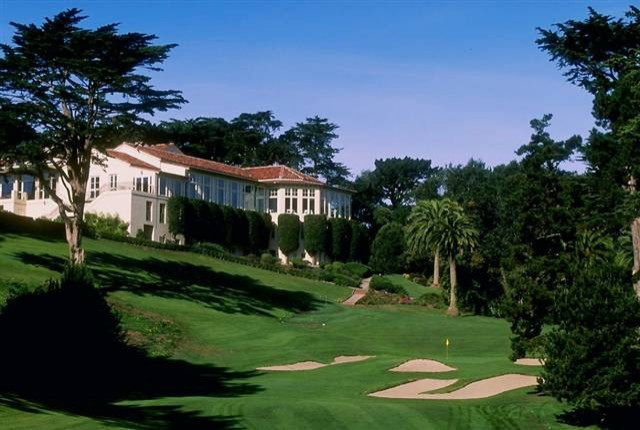2012 US Open: First Six Holes 'Toughest in History'

Tiger Woods called them the toughest stretch of holes in history of major tournaments.
USGA executive director couldn't resist cackling about them.
The first six holes of the Olympic Golf Course in San Francisco, Calif. are poised to destroy the field at the US Open this weekend.
I think that the first six, if you play them for four straight days in even par, you're going to be picking up a boatload of shots, Woods said.
The US Open is always hard. Take out Rory McIlroy's weather aided weekend at Congressional last year when he was (-16) and eight shots up on the field, and no one has been double digit under par at a US Open since Woods at Pebble Beach in 2000.
In 2006 and 2007, the Open was won with a score of 285 (+5) at Winged Foot and Oakmont.
The past two times the tournament has been played at Olympic, 1998 and 1987 scores haven't been that bad. Scott Simpson was 277 (-3) in 87 and in 98 Lee Janzen won his second US Open with a 280 (E).
But, this weekend, the course has been tweaked and prodded by the USGA into a hellish monster.
The course itself is built on the face of an enormous sand dune that slopes towards the ocean. The course already had reverse-canted fairways, when the slope of the fairway goes against the turn of the dogleg, making a tee shot that stays out of the rough nearly impossible.
The course has some of the smallest greens in the country, has four new tees, a 670-yard hole, and murderous par threes that demand exacting precision.
The opening stretch doesn't ease players in. Hole 1 is a murderous 520-yard par 4, down from a par 5 at each of the previous Opens here. At one time the first was considered the easiest birdie on the course, not so any longer.
The second hole is 428 yards, uphill to a raised green surrounded by four bunkers. The fairway's landing area is no more than 20 yards wide and the USGA added a new tee, making that opening shot 36-yards longer than it has been in the past.
The third hole is a 247-yard par 3. It may be the easiest of the stretch as it has a clear spot in front of the green which allows players to run the ball up to the putting surface. But the distance will make it challenging. Even the big hitters on tour were using fairway woods, hybrids and utility clubs off the tee during practice rounds.
The fourth and fifth holes are where the players first meet with the spatial acrobatics required to play the reverse-canted fairways. Four is a 438 yard par-4 that doglegs to right to left, while the fairway is severely canted left to right.
The fifth hole is also a par 4, but now plays 498 yards after getting a new tee box. It too is a dogleg with the reverse-canted fairway, but in this case it is a mirror image of the fourth hole. The dogleg goes left to right, with the slope headed back right to left.
The sixth hole was an already difficult 490-yard par four. But the USGA moved a fairway bunker to make it more in play on tee shots from PGA players, now requiring 313 yards to clear. The rough and fairways around the bunker have been mowed to feed tee shots into the bunker.
It's just that they are brutal holes, they are banked the wrong way, said Johnny Miller, NBC's lead analyst and a San Francisco native who has played the course many times. You need to hit cuts and you need to hit draws, and you've got some wind coming over the top of the trees. But with No. 1 being a 4-par, that opening run is just absolutely amazing.
This all adds up to a tournament and a course that will punish players all weekend long. The man who survives to claim the crown, will likely do so thanks to accuracy, great putting and a fair share of luck.
© Copyright IBTimes 2025. All rights reserved.





















